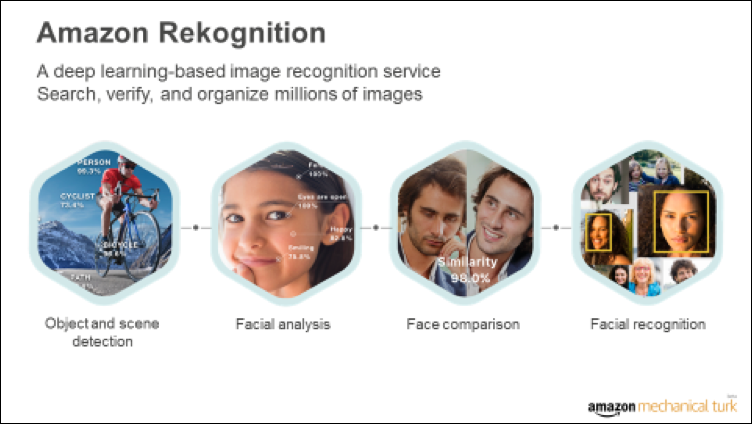Alarmed that decades of crucial climate measurements could vanish under a hostile Trump administration, scientists have begun a feverish attempt to copy reams of government data onto independent servers in hopes of safeguarding it from any political interference.
Mois : décembre 2016 (Page 4 of 6)
Today we stand together to say: not on our watch, and never again
Source : neveragain.tech
We have a permitting process in place to ensure public safety as this technology is being tested. Twenty manufacturers have already obtained permits to test hundreds of cars on California roads. Uber shall do the same.
Source : Uber’s San Francisco self-driving pilot draws criticism from California DMV | TechCrunch
Machine Learning (ML) is a fast-moving, competitive field. As important as good algorithms are to ML, the state-of-the-art algorithms are reliably available. Compute clusters are also an important ingredient, and they too are easy to access (especially using services like Amazon EC2 and Amazon EC2 Elastic GPUs). What isn’t reliably available are large-scale high quality data sets. The things you need to train your classifiers. That’s where MTurk comes into play.
Source : re:Invent 2016 recap — Machine Learning with Amazon Mechanical Turk
Nvidia announced that it was partnering with Chinese web giant Baidu to build a platform for semiautonomous cars. (Baidu has approval to test autonomous cars in California as well.) Nvidia also built test cars, and was training them in parking lots and private roads prior to receiving this new approval from the California DMV. And this summer, a self-driving race car competition called Roborace announced that it was using the Drive PX2 in its vehicles.California has been a hotbed for autonomous testing, but that status is becoming decreasingly unique.
Source : California gives Nvidia the go-ahead to test self-driving cars on public roads – The Verge
Uber employees regularly abused the company’s “God view” to spy on the movements of “high-profile politicians, celebrities and even personal acquaintances of Uber employees, including ex-boyfriends/girlfriends, and ex-spouses”, according to testimony from the company’s former forensic investigator Samuel Ward Spangenberg. Even Beyoncé’s account was monitored, the investigator said.
Source : Uber employees ‘spied on ex-partners, politicians and Beyoncé’ | Technology | The Guardian
Cet exemple montre comment un simple militant peut fabriquer, légitimer et propager de fausses informations. Le tout derrière des sites apparemment anodins pour qui tombe par hasard sur un de leurs articles.
Source : « 93 % des Français prêts à voter Marine Le Pen » : itinéraire d’une intox d’extrême droite
Incapable de faire face à l’afflux de données, la DGSI s’est résolue à passer un contrat avec une entreprise américaine pour l’aider à traiter son Big Data. Il s’agit de Palantir Technologies, une société liée à la CIA.
Research published in PLOS One offers a quantitative approach. Using a combination of math and maps, Garrett Dash Nelson, a postdoctoral student in geography at Dartmouth College, and Alasdair Rae, an urban data analyst at the University of Sheffield, solidify the concept of the “megaregion” as an interlocking, yet self-contained, economic zone. They use millions of point-to-point daily commutes—perhaps the best proxy for economic geography there is—to outline at least 35 urban cluster-oids around the U.S. What gets revealed, according to the paper, are a “set of overlapping, interconnected cogs which, working together, constitute the functional economy of the nation.”
Source : U.S. ‘Megaregions’ Revealed Via Commuting Data – CityLab
« When Donald Trump swept to victory in the Electoral College on Nov. 8, perhaps no group was more surprised than journalists, who had largely bought into the polls showing Hillary Clinton was consistently several percentage points ahead in key swing states ».
Source : Journalists and Trump voters live in separate online bubbles, MIT analysis shows – VICE News
Project : Electome (MIT)








